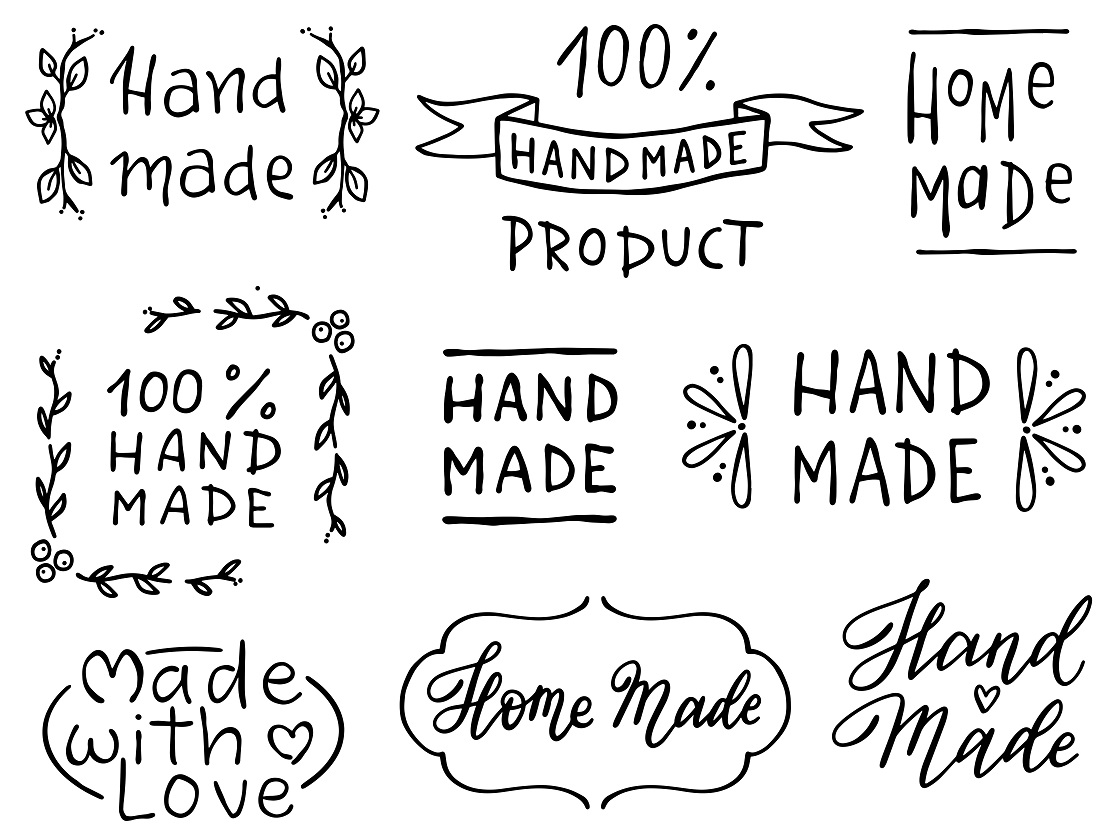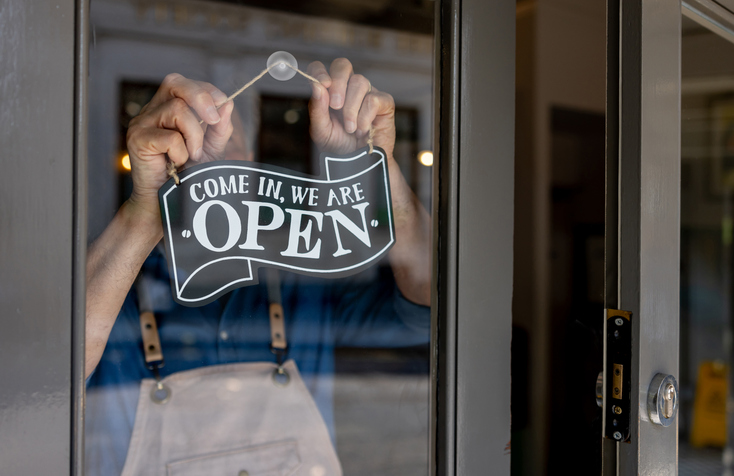If you cook, craft, sculpt or create anything, you could make a couple of quid by selling it. The scope of the handmade market is broad so you should really dig into a niche. It could range from t-shirts to jewellery to pottery – or something quirkier such as cookie/sweet bouquets.
For products that customers ingest or apply to their skin, wise up on the regulations, including correct labelling.
Product photography should be high up on your priority list. Ideally, you’d have a digital single-lens reflex (DSLR) camera for higher quality pictures. You could hire a photographer over a freelancing service (think Fiverr and PeoplePerHour) for shorter-term projects.
Consider where you’re going to sell. Having your own website will serve as a self-branded shopfront, whereas third-party selling websites like Etsy, Vinted and eBay will give you a bigger market. Existing platforms are quick and free to set up but there is a lot of competition and selling fees. You’re also subject to their potentially damaging changes in policy. Having your own website is costly to set up and maintain but you have much more control over your own branding without the on-page ads from your competitors. Having both options, assuming you can afford them and have the time to manage them, would be best.
>See also: The pros and cons of selling through your own website




